The sheer beauty and magnificence of Kundan jewelry captures the eye the second someone sees it. That’s when anyone will realize why royalty relied on Kundan, especially during the Mughal era. These enchanting works of art are still made today, just as awe-inspiring as the ones that came before. The skill bestowed in the craftsmen behind these hand-made marvels is divine.
History of Kundan Jewellery
From 1526 to 1858, Kundan jewelry has made a royal mark in India’s history. It started out in the North, specificially in Rajasthan. Its southern counterpart was in Hyderabad. Kundan soon diversified to the rest of the nation. The bold and detailed artisanship of Kundan jewelry is essentially hand crafted, setting precious stones inside gold foil and other gold molds. The very word ‘Kundan’ refers to refined gold in pure molten form. Considered to be the oldest form of jewelry making, the art of Kundan prospered in the Mughal era and hasn’t gone out of fashion since.
What is Kundan Jewellery?
Highly refined gold is not too solid. Setting precious stones and gems inside such gold foil-like material is what Kundan jewelry is all about. The ethnic look and royal design make Kundan one of the most beautiful and grandest forms of jewelry in the world. Although modern fashion has remade Kundan jewelry to suit a trendier mold, the old-fashioned design and appeal lingers on. This balance imparts magic to Kundan. Emerald, topaz, sapphire, jade and rubies are some of the precious stones highly favored in Kundan jewelry making. Traditional Indian weddings are the best time to use Kundan. Mixing and matching using anklets and bangles, not to forget maang tilak, is a great way to enhance the deep reds and clear greens (among plenty of other colors) Kundan jewelry deals with. The bride is sure to look like a trillion dollars.
Art of Making Kundan Jewellery
Each stage of the process is specilaized and has its own extended time-frame. This also means a different crafter with skills to match deals with each stage. Since gold is the basic layer on which stones are set, the process begins with creating a thin gold sheet. The crafter gets the thin sheet by beating gold into this shape. They then fill it with lac (or laakh). Lac being a natrual tree sap the precious stones go onto them, set using hot coal. To increase hold and beauty, the crafter pours (or rather inserts) melted gold (24-karat) into the sides using a fine stick-like tool. As for jewlery frames, these are made on the side based on whether the piece is a necklace, pendant or earring. The crafter welds these frames to the base using gold. What follows is cleaning, washing and removal of dark welding spots.
How Is Kundan Different From Regular Jewellery Making
The stages are similar to a lot of different jewelry making methodologies. However, the technique is very different. Kundan jewelry uses the ancient Kundankari technique. This refers to the art of making exquisite pieces by setting precious and semi-precious stones in silver or gold. Gold is almost always the preferred choice. Meenakari is a form of engraving, a crafting skill that’s as magical as it is uncommon. This engraving on metal adds to the intricacy and allure of Kundan jewlery. The whole process is hand crafted, making it indeed a valuable and glorious artform.
Different Styles of Kundan Jewellery
There are some prominent styles in Kundan jewelry making.
1. Meenakari/Meena – Also known as enamleing, this style includes coloring metal surfaces to add to the beauty of the piece. The crafter engraves the color areas and then pours enamel dust (mixed to best effect) into the shallow etchings. They then have the piece heated at a high temperature after which it is polished using agate. Colors chosen need to depend on whether they are compatible with the heat resistance needed.
2. Polki – These have uncut diamonds as the main stone attraction. Alternatives include precious and semi-precious stones. It is impossible to duplicate these pieces when they have uncut diamonds. This is beacause no two uncut diamonds have the same shape.
3. Jadau – Also known as gem-setting, these jewelry pieces have stones encrusted on one face. The opposite side has colorful meenakari work adorning it. The whole jewelry piece is nothing short of enchanting. There are different designs in Jadau.
View Our Jewellery Collection: Stacking Rings | Necklaces | Jhumki | Pendants | Nosepins | Earrings
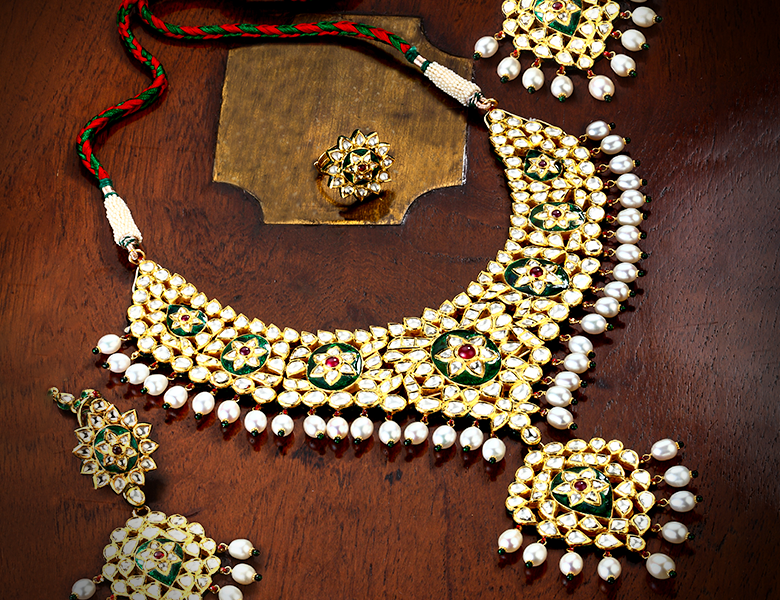

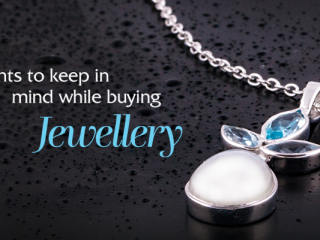

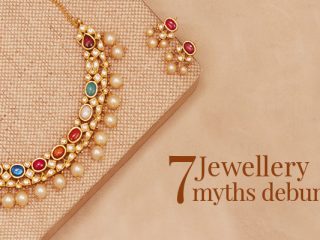
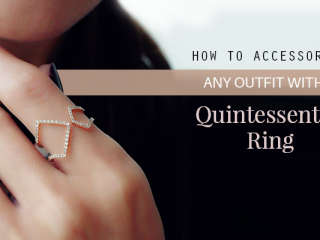
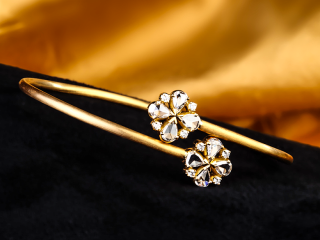
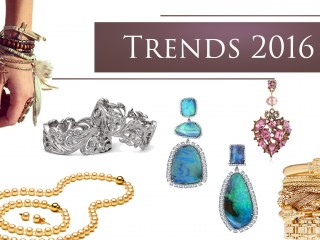


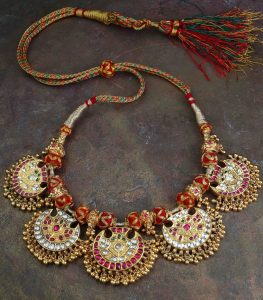
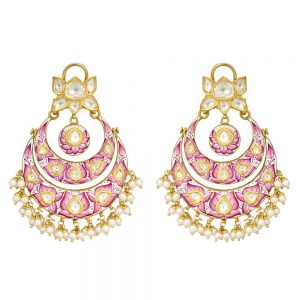

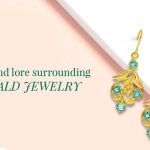
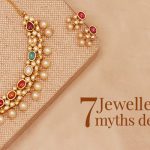
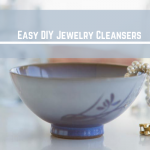
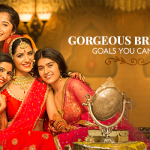
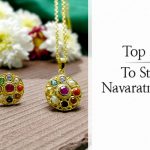

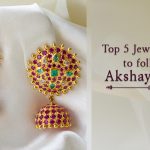

Thangamayil Jewellery
Another eye soothing collection by you Team Gehna. Kudos to the team. To know more on traditional Indian jewelleries log on to http://www.thangamayil.com
Styles Naina
simply amazing necklaces
for more visit http://www.stylehoops.com/jewellery/necklaces.html
Bullion Gold
nice necklaces
Jewels Galaxy Wholesale
LOVE the spring crocheted dress and the Statement Necklace. Not thinking of them together, but love both. GORGEOUS!